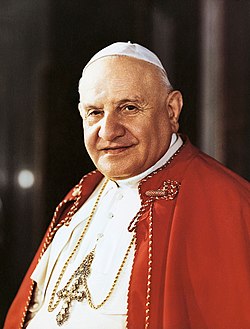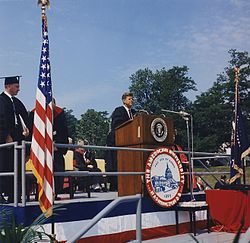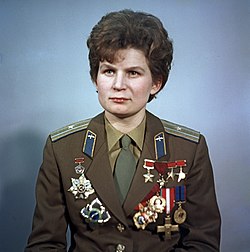| << | June 1963 | >> | ||||
|---|---|---|---|---|---|---|
| Su | Mo | Tu | We | Th | Fr | Sa |
| 1 | ||||||
| 2 | 3 | 4 | 5 | 6 | 7 | 8 |
| 9 | 10 | 11 | 12 | 13 | 14 | 15 |
| 16 | 17 | 18 | 19 | 20 | 21 | 22 |
| 23 | 24 | 25 | 26 | 27 | 28 | 29 |
| 30 | ||||||


The following events occurred in June 1963:
Contents
- June 1, 1963 (Saturday)
- June 2, 1963 (Sunday)
- June 3, 1963 (Monday)
- June 4, 1963 (Tuesday)
- June 5, 1963 (Wednesday)
- June 6, 1963 (Thursday)
- June 7, 1963 (Friday)
- June 8, 1963 (Saturday)
- June 9, 1963 (Sunday)
- June 10, 1963 (Monday)
- June 11, 1963 (Tuesday)
- June 12, 1963 (Wednesday)
- June 13, 1963 (Thursday)
- June 14, 1963 (Friday)
- June 15, 1963 (Saturday)
- June 16, 1963 (Sunday)
- June 17, 1963 (Monday)
- June 18, 1963 (Tuesday)
- June 19, 1963 (Wednesday)
- June 20, 1963 (Thursday)
- June 21, 1963 (Friday)
- June 22, 1963 (Saturday)
- June 23, 1963 (Sunday)
- June 24, 1963 (Monday)
- June 25, 1963 (Tuesday)
- June 26, 1963 (Wednesday)
- June 27, 1963 (Thursday)
- June 28, 1963 (Friday)
- June 29, 1963 (Saturday)
- June 30, 1963 (Sunday)
- See also
- References







